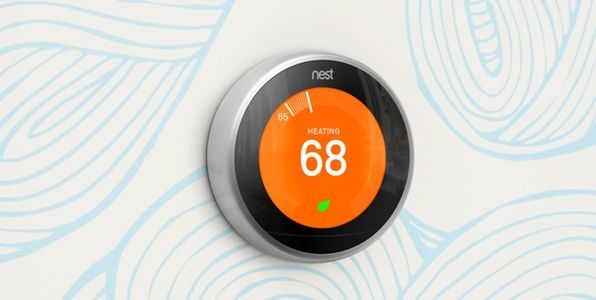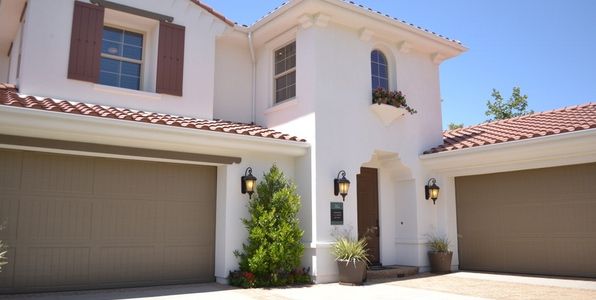HVAC Troubleshooting: 6 Articles to Help You Solve HVAC Issues
Articles to Help You Before You Need a Pro
HVAC systems are designed to keep your home environment comfortable for years, but that doesn’t mean you won’t face the odd rattle or creak every now and again.
Though in some cases you’ll need to hire a heating and cooling professional to fix your HVAC system, you can do some troubleshooting of your own to get to the bottom of what’s causing the problem. At Bob Jenson, we’ve rounded up our best blog posts for helping you solve the most HVAC common concerns.
1. Spending a Fortune on Temperature Control?
For you to get the most out of your HVAC system, your machine not only needs to be effective, but efficient too. If you’ve noticed your energy bills going up, you may simply have air leaks that you need to fill so your HVAC can perform at its best.
If you notice signs of air leaks within your home, such as drafty spaces or a rising energy bill, check out our useful infographic for an easy-to-follow guide on how to eliminate gaps for good.
2. Does Your HVAC Smell Terrible?
You can’t enjoy the satisfaction of a well-heated or cooled home if it means living with an unpleasant and mysterious odor. Because HVAC systems are designed to circulate air around your entire home, a bad smell coming from the unit will be blasted into every room in no time.
The good news is, if you can get to the bottom of what’s causing that terrible smell, you can fix the problem. Read through our helpful article about the 5 most common causes of unexpected aromas, and discover how you can solve your problem pronto.
3. Have You Noticed a Strange Sound?
Chances are you’ve heard the whines and crackles of various mechanical devices around your home at one time or another. Machines often make strange noises – particularly as they begin to grow older – but certain sounds are a bad sign if they’re new or disruptive.
If the soft buzz of your HVAC system has recently evolved into a clank or rattle, then it’s time to get to the bottom of the clatter. Our handy blog post on common HVAC noises will help you to identify what each noise means, so you can decide whether to fix the issue yourself or call in the experts.
4. Is Something Just Not Right?
Sometimes the problem with your HVAC might not be so obvious. There may not be any strange smells or sounds, but you have noticed your system isn’t performing as well as it used to, and you can’t figure out why.
Whether your unit is taking longer to heat up and cool down than it did when you first had it installed, or you’re struggling to maintain the same temperature across your house, it helps to understand the most common issues that come up with HVAC systems. Our list of the top 8 common HVAC problems will help you figure out if your problem is an easy fix or a case for a professional.
5. Has Your Air Conditioner Suddenly Failed?
If your heating and cooling system suddenly stops working, or if it’s been showing signs that it might be about to give up, you’ll find yourself facing a difficult question: Do you call out a technician for a repair, or do you replace the entire unit?
Our in-depth article “When Is It Time to Replace Your AC?” will take you through all the elements you need to consider before making a careful and informed decision between these two options.
6. Not Sure Who to Call?
Whether you’re in need of repair or a fully new unit, you’ll need the assistance of a professional engineer to get your HVAC back on track. The problem is, it can be difficult to distinguish a reliable HVAC expert from one who’s going to charge you a fortune for a low-quality job.
Our step-by-step guide to hiring an HVAC expert covers everything you’ll need to consider before you hire a professional, to help you make a more confident choice. You’ll learn which questions you need to ask, what you need to know, and how you can ensure you hire the expert that’s right for you.
If you’re in need of HVAC maintenance and repair, or you simply have a question about managing your home temperature, Contact Bob Jenson today to speak to a team of experienced HVAC technicians you can trust.











